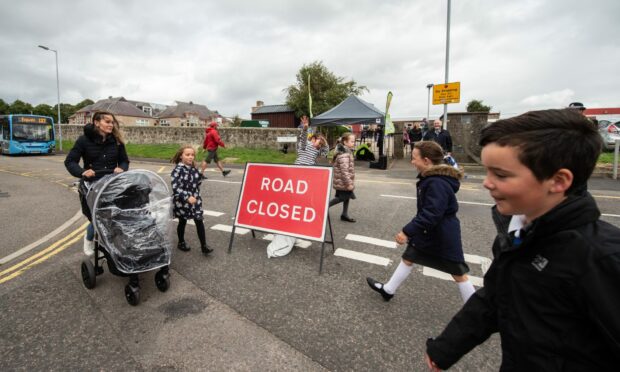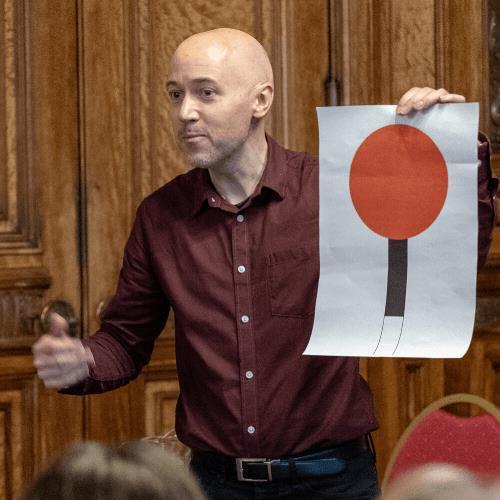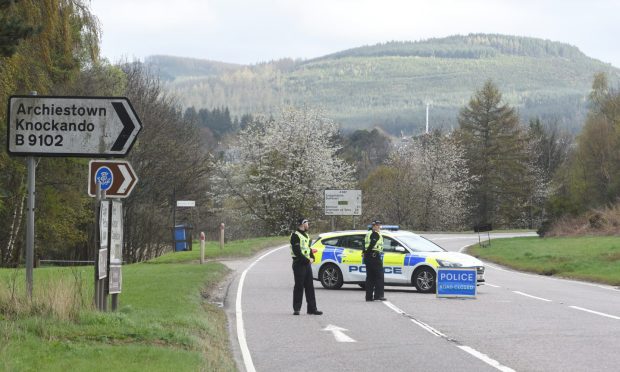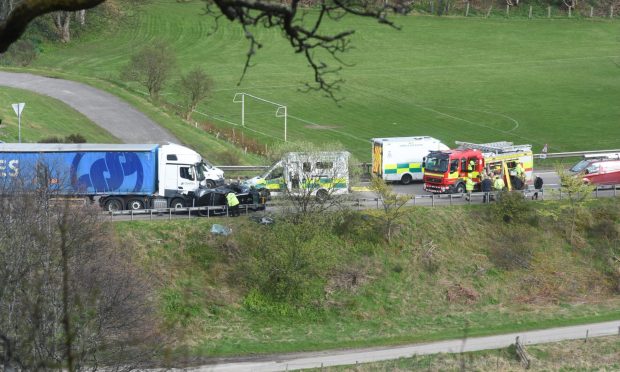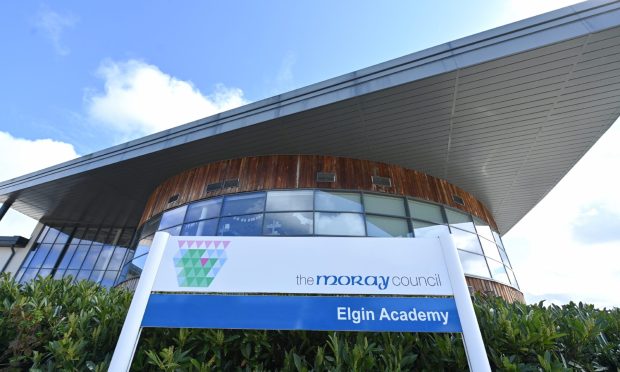The number of children being driven to school at two Elgin primaries has halved since temporary street closures were brought in at the gates.
Safety concerns surrounded New Elgin and Seafield schools due to some parents driving to take pupils to school and collecting them after.
Fears were reported from families and nearby residents about the large number of cars on the road moving at bell times, which heightened when school crossing patrollers were axed in 2019.
Moray Council launched a pilot scheme in March that involved closing surrounding streets temporarily for 30 minutes at drop-off and pick-up times to create a safe space for children while promoting walking.
Talks are now under way following the initial nine-month trial period about how successful the scheme has been with councillors expected to discuss the issue in February.
Have the street closures changed behaviours?
New Elgin and Seafield primary schools in Elgin are two of the largest primary schools in Moray with a combined roll of about 800.
Concerns about traffic at the gates of New Elgin led to police being called on occasion to monitor vehicles – even witnessing drivers ignoring school crossing patrollers when they were still used.
The school street closures in Elgin have already been used elsewhere in Scotland to make the area at the gates less congested and safer.
Charity Living Streets promotes the initiative across the UK to protect children while encouraging them to be active by walking, cycling or using scooters to get to class.
Chris Thompson, the charity’s schools manager for Scotland, said: “Before the closures we had about 6% of pupils being driven, which may not sound like a lot but off a roll of 400 it’s a lot of cars turning up at the same time.
Officers in Elgin this week are continuing to show support to the school initiative which has been put in place to keep children safe while attending and leaving school. pic.twitter.com/r0r3Nwdde8
— Moray Police (@MorayPolice) September 22, 2021
“That has halved at New Elgin and we have had a similar pattern at Seafield but from a lower level.
“The other thing that has been really positive is that while some children are still being driven to school they are not being brought right up to the gate – which keeps the school street as a special place for children to walk around safely.”
Can school street closures be used elsewhere?
New Elgin and Seafield primary schools were selected for the trial due to the concerns about the number of cars outside the gates.
Both also have a significant proportion of pupils within a short distance – making it easier to walk or cycle to class.
Mr Thompson said: “It’s been done where it’s appropriate but also where it’s enforceable so that if people come in at these times there is a penalty.
“These schools are in urban areas though where the vast majority of people attending were already walking in, it would be different in a rural environment.
“We always come at things from the point of view of the children and what makes it safer for them, but the people who have actually been most supportive have been the local residents, which isn’t surprising given all the traffic that has been choking up their streets.”
A Moray Council spokeswoman said: “The school streets initiative, which has been running at New Elgin and Seafield primary schools since March 2021, has the potential to be beneficial in promoting active travel to and from school.
“We’ll be bringing full results and recommendations to committee in the new year.”
